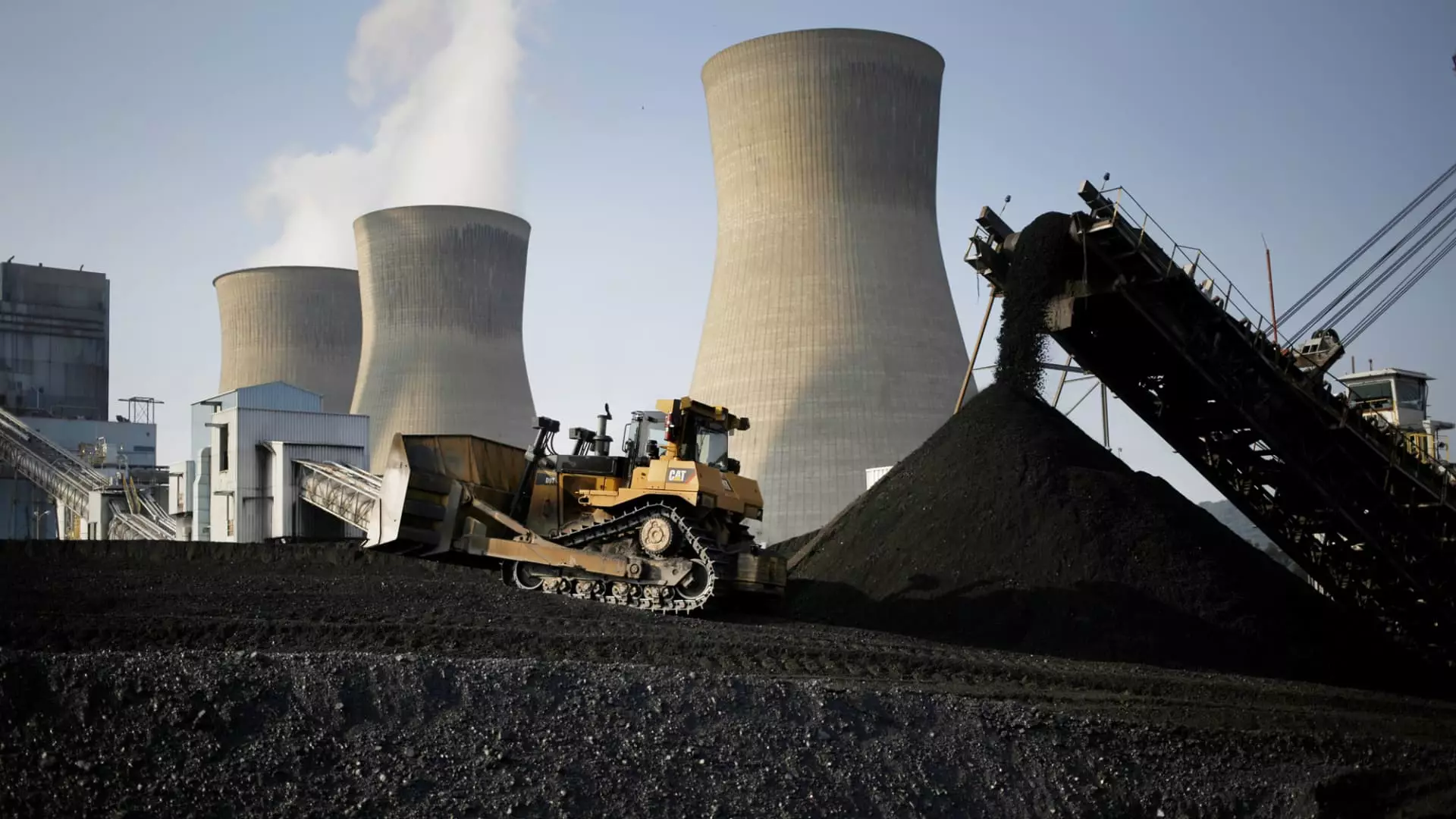The energy landscape in the United States is undergoing a dynamic transformation. As rising demands for electricity collide with the urgent need to curb carbon emissions, the role of nuclear energy has emerged as crucial. The recent announcement regarding the planned restart of the Three Mile Island nuclear plant signifies potential progress in nuclear energy usage. However, experts argue that mere restarts of existing facilities will not suffice to meet the escalating energy demands. Instead, an expansion of the nuclear fleet is necessary, raising several questions about feasibility, safety, and the integration of advanced technologies.
Mike Goff, the acting assistant secretary for the Department of Energy’s Office of Nuclear Energy, emphasizes the necessity to at least triple the current nuclear power infrastructure. With 94 operational reactors already harnessing about 100 gigawatts of power—accounting for over 18% of the nation’s electricity consumption—it’s clear that simply maintaining the status quo is inadequate. The projection of needing an additional 200 gigawatts of nuclear energy illustrates an enormous endeavor that could translate to constructing 200 new plants. This magnanimity calls for a reevaluation of regulatory frameworks, public opinion, and financial incentives tied to nuclear energy development.
One of the significant obstacles to expanding the nuclear fleet is the lengthy construction timelines and substantial capital investment required for new plants. The example of the Vogtle expansion in Georgia, which ran over $30 billion and took years longer than initially projected, underscores this challenge. Nevertheless, Goff posits that the U.S. can strategically utilize shuttered coal plants to ease this burden. The Department of Energy suggests that transitioning coal sites into nuclear facilities could save roughly 30% in costs due to pre-existing infrastructure, such as transmission lines and local workforces familiar with power generation.
Such a pivot not only caters to economic considerations but also presents a pragmatic approach to leveraging existing resources. With at least 174 gigawatts of feasible nuclear expansion outlined across 36 states, the integration of nuclear energy could mitigate the dangers of energy supply gaps in regions phasing out coal. This strategy aligns with the national objective of transitioning toward cleaner energy sources, thereby consolidating both ecological and economic stability.
Response to Growing Electricity Demands
The urgency of expanding nuclear power is compounded by the rapidly increasing electricity consumption stemming from new industries, notably data centers. With many of these facilities requiring vast amounts of reliable energy, their operational demands make nuclear power an ideal candidate for ensuring a steady and carbon-free electricity supply. Goff highlighted this connection by pointing out that nuclear could supply the consistent “baseload” clean energy needed to support these energy-intensive operations.
However, traditional reactor restarts alone will not fulfill the required capacity. The challenge is compounded by the small number of inactive reactors that can realistically be reintegrated into the energy grid. As Goff stated, while the focus on restoring existing nuclear facilities is commendable, the U.S. must simultaneously fast-track the construction of new reactors to meet future demand.
Beyond logistical and infrastructural hurdles, the economic valuation of nuclear power remains a vital element in its future viability. For a significant portion of the last decade, many reactors struggled to compete with the rapidly declining costs of natural gas and renewable energy sources. This aspect, compounded by a lack of incentivization for carbon-free energy, created a challenging financial environment for nuclear facilities. However, recent policy changes, such as the Inflation Reduction Act, offer hope that the landscape is shifting.
A renewed recognition of the importance of stable, clean energy could enhance nuclear power’s perceived value and help integrate it more fully into the nation’s energy portfolio. Nonetheless, ensuring safety and efficiency in the operation of nuclear facilities is paramount, particularly in light of historical incidents that have cast long shadows over the industry.
The endeavor to restart plants like Three Mile Island or Palisades is indicative of a broader movement to rejuvenate America’s nuclear sector. Yet, the path forward remains fraught with complexities. The Nuclear Regulatory Commission’s independent review of such projects underscores the importance of stringent safety standards and risk management protocols. Experts stress that while the unearthed potential for nuclear power is significant—up to 269 gigawatts could be realized by facilitating new constructions at existing sites—there lies a formidable task ahead in terms of regulatory approvals, public sentiment, and financial commitment.
The future of nuclear energy in the United States stands at a critical juncture. Though the planned restart at Three Mile Island serves as a positive sign, a broader commitment to expanding the nuclear fleet and addressing regulatory, economic, and safety challenges is crucial. As the nation grapples with climate change and the electrification of its economy, harnessing the full potential of nuclear energy may prove more vital than ever.

